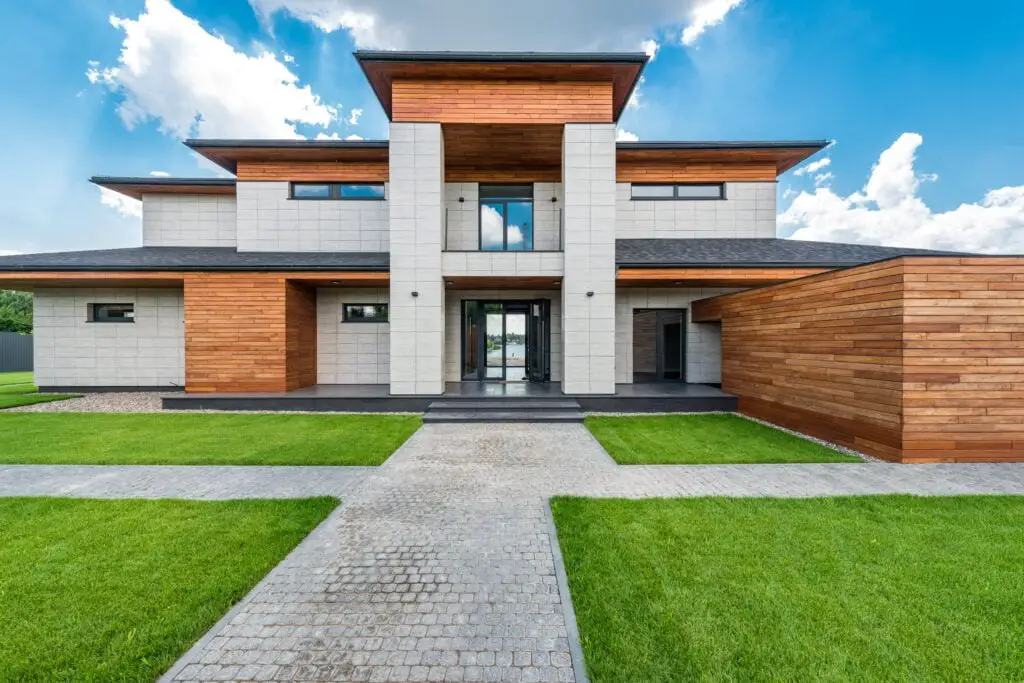Construction is an essential aspect of human development, providing the infrastructure necessary for modern society to function. However, the long-term effects of construction on the environment have become a topic of increasing concern.
As urbanization and development continue to expand, it is crucial to understand how construction activities impact the environment over extended periods.
This article explores the various ways in which construction affects the environment, from the initial planning stages to long-term consequences, and discusses possible strategies to mitigate these effects.
I. The Environmental Impact of Construction
- Land Use and Habitat Destruction Construction projects often involve the conversion of natural land and ecosystems into built environments. This process results in the destruction of habitats for various species and can lead to the displacement or extinction of local wildlife.
- Soil Erosion and Sedimentation Excavation and site preparation activities can lead to soil erosion, with loose soil and sediment finding their way into water bodies. This can degrade water quality, harm aquatic ecosystems, and disrupt local hydrological cycles.
- Air Pollution Construction sites generate substantial levels of air pollution due to emissions from heavy machinery, trucks, and the release of particulate matter. Dust and pollutants can have adverse effects on local air quality, human health, and nearby ecosystems.
- Water Pollution Construction activities often involve the use of chemicals, such as concrete additives and paint, which can leach into the soil and contaminate groundwater. Additionally, construction sites may release hazardous substances into nearby water bodies, leading to water pollution.
- Noise Pollution The noise produced by construction activities can disturb local communities, wildlife, and ecosystems, potentially leading to long-term disruptions in behavior and health.
II. Long-Term Effects
- Urban Heat Island Effect As more urban areas are developed through construction, they often experience an increase in the urban heat island effect. This phenomenon results in elevated temperatures, higher energy consumption, and adverse health effects for residents.
- Altered Water Systems Construction can disrupt natural drainage patterns, leading to increased runoff and the potential for flooding. Changes in land use can also affect aquifer recharge, leading to long-term changes in water availability.
- Habitat Fragmentation Even after construction is complete, the landscape may remain fragmented, making it difficult for wildlife to move between habitats. This can isolate populations, reduce genetic diversity, and hamper long-term ecosystem resilience.
- Infrastructure Maintenance Over Time, infrastructure built during construction, such as roads and buildings, requires maintenance and repairs. This leads to additional environmental impacts in terms of resource consumption, waste generation, and energy use.
- Carbon Emissions The construction industry contributes significantly to carbon emissions due to the energy-intensive processes involved. The long-term effects of construction on climate change are a growing concern, as carbon emissions continue to accumulate.
III. Mitigating the Long-Term Environmental Impact
- Sustainable Building Practices Embracing sustainable construction practices, such as using eco-friendly materials, energy-efficient designs, and green building certifications, can reduce the long-term environmental impact of construction projects.
- Land-Use Planning Intelligent land-use planning can minimize habitat destruction and habitat fragmentation. By designating areas for development and preservation, cities can strike a balance between urbanization and environmental conservation.
- Erosion and Sediment Control Implementing effective erosion and sediment control measures, such as silt fences, retention basins, and revegetation, can mitigate soil erosion and sedimentation in the long term.
- Green Infrastructure Incorporating green infrastructure elements like permeable pavements, green roofs, and sustainable drainage systems can help reduce the long-term impacts of construction on urban heat island effects and water systems.
- Sustainable Transportation Promoting sustainable transportation options, such as public transit, biking, and walking, can reduce the need for extensive road networks and mitigate the long-term effects of construction on land use.
Conclusion
The long-term effects of construction on the environment are complex and far-reaching. While construction is necessary for human progress, it is vital to adopt sustainable practices, develop environmentally responsible infrastructure, and prioritize conservation efforts.
By doing so, we can strive to minimize the adverse impacts of construction on the environment and create a more harmonious coexistence between human development and the natural world.
To see other material construction prices, please see here.
To know other construction guides, tips, and methodology for beginners, veterans, and contractors, please see here.

